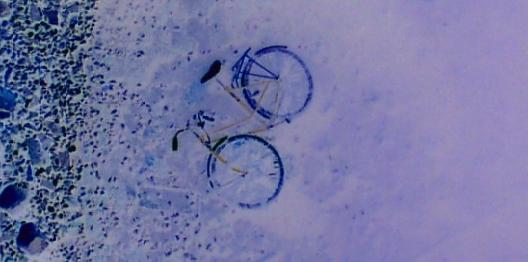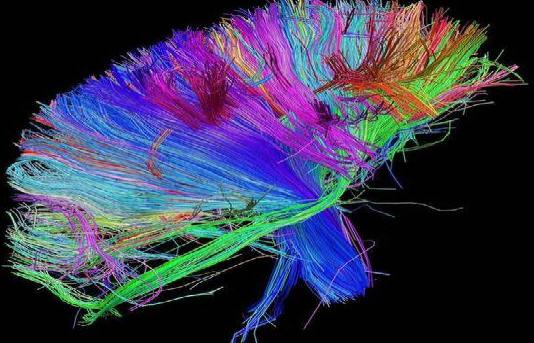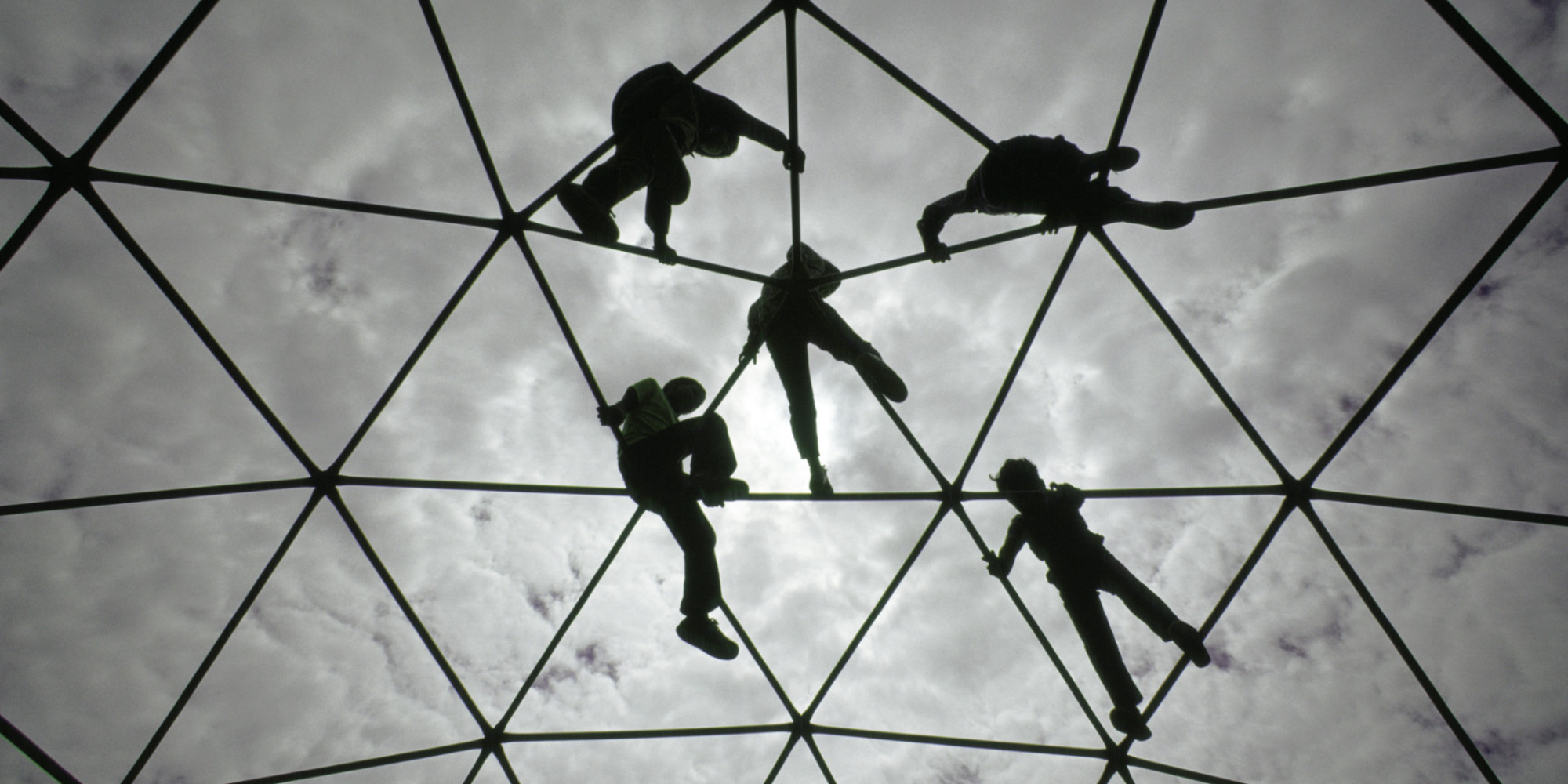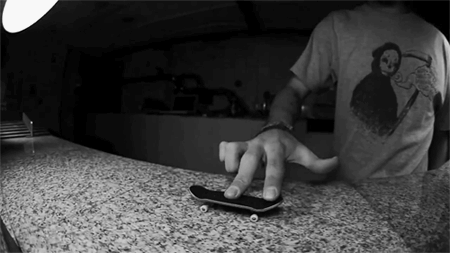Editor’s note: This article is part of our collaboration with Point Taken, a new program from WGBH that next airs on Tuesday, June 28 on PBS and online at pbs.org. The show features fact-based debate on major issues of the day, without the shouting.
Organ transplantation saves lives. People with end-stage kidney disease who receive a transplant tend to live much longer than those who undergo dialysis. A kidney from a living donor will last from 12 to 20 years, on average, compared to eight to 12 years for a kidney from a deceased donor.
But there is a shortage of organs. In the United States, the wait list for kidneys alone is around 100,000. Those waiting for kidneys make up most of the 120,000 people awaiting organ donation. The need for kidneys has led some to ask: Would purchasing organs be a solution?

Since 1988, approximately three of every four kidneys for transplantation have come from deceased donors, the rest from living donors who give one of their kidneys to a relative, loved one or even a stranger. In the United States, live donation seems quite safe. A recent study found that kidney donors have only a slightly higher absolute risk of developing end-stage kidney disease than healthy non-donors.
What might we do to alleviate the shortage of kidneys in the U.S.? One positive step would be to adopt an opt-out system of deceased organ donation like one now in place in Spain, where the rate of organ donation is highest of any country. The default in this system is donation at death when organs are viable, but everyone has well-publicized opportunities to opt out of donation. As it stands, U.S. citizens must now opt in to deceased donation, for example, during driver’s license renewal. The rate of donation in the U.S. is about midway among nations that are tracked.
Unfortunately, changes in deceased donation practices are unlikely to eliminate shortages. Some physicians, lawyers and bioethicists have proposed regulated markets in live “donor” kidneys. Surely a lot more people will be willing to sell a kidney, assuming the price is right, than to donate one, their argument goes.
Yet purchasing kidneys is not only prohibited by international norms, it violates U.S. law. The only country where a legally approved market in kidneys exists is Iran. But market proponents insist that legal prohibition of commerce in kidneys is a grave mistake.
Are the proponents right? The answer depends in part on moral argument. In conducting this argument, it is important to steer clear of two implausible absolute positions.
A matter of human dignity

From www.shutterstock.com
One position, put forth by market opponents, is that a person’s selling an internal body part is always wrong. Perhaps the best known philosophical proponent of this view is the 18th-century philosopher Immanuel Kant. We are obligated always to act in a way that expresses respect for the dignity of humanity, Kant held. He believed that all of us, no matter where on the spectrum of talent, wealth, happiness, or others’ regard we may be, have a worth beyond price.
Kant maintained that a person’s selling one of his internal parts – the example he gives is selling a tooth to be transplanted into another’s mouth – is always wrong, apparently because this action fails to express proper respect for the seller’s own dignity. The action always sends a false message, Kant seems to have believed: that the seller himself has a mere price.
But, as I have tried to show, it is implausible to maintain that every time a person sells one of his internal parts, he is sending such a message. A kidney is not a person. In some contexts, someone could surely sell a kidney (or a tooth) and not thereby convey that he himself has a mere price. For example, suppose a senator sells one of her kidneys in order to raise money for a charity. In our cultural context, she surely wouldn’t thereby be signaling that she herself has mere price!
Another questionable absolute position, put forth by market proponents, is that buying internal body parts from informed, voluntary and autonomous sellers is always right – that is, morally permissible.
Consider this: One way to buy someone’s kidney would be to buy her. Would it be morally permissible for you to buy as a slave a mother who has put herself up for sale in order to get money to educate her kids? The position in question implies that your buying her would be right, assuming roughly that she is mentally competent, informed of her action’s consequences and under no threat from others to undertake it. But many of us believe that your buying her would be wrong. In Kantian terms, it would express disrespect for the mother’s dignity by treating her as having mere price.
Black markets already have led to misery
The implausibility of these absolute positions regarding selling and buying of internal organs suggests that the moral permissibility of markets for organs is a complex and context-dependent issue.
According to the World Health Organization, an estimated 10,000 black market operations involving purchased human kidneys now take place per year. Vendors in such markets, who are typically very poor, undergo serious psychological and physical harms. According to recent research, Bangledeshi kidney sellers “suffered from grave sadness, hopelessness, and crying spells, and experienced social stigma, shame, and isolation for selling their body parts …” A study in Chennai, India found that over 85 percent of sellers reported a decline in health after kidney removal and that 80 percent would not recommend that others in similar circumstances sell a kidney.
Proponents of kidney sales insist that regulated markets would not have these dismal effects on vendors. Proposals for such markets incorporate provisions aimed at ensuring the safety of sellers and recipients, for example, through thorough donor screening processes and proper postoperative care.
As I have argued elsewhere, even full compliance with the rules of a regulated market would fail to ensure its ethical acceptability. The existence of such a market might harm poor people. For example, aggressive debt collectors might force the poor to sell the fungible assets they always carry with them: their kidneys.
It is naïve to assume that regulated markets would be well-regulated markets. If the United States legalizes markets in kidneys, would not other countries follow, among them some who have had an active illicit trade? These countries, including Brazil, India, Pakistan and the Philippines, seem to have high levels of corruption and thus ineffective regulatory infrastructures. It is reasonable to worry that the kinds of harm that accrue to kidney vendors in unregulated markets would also befall them in some regulated markets.
Whether we should adopt a regulated market in kidneys turns not only on moral argument, but also on whether doing so would actually increase supply. A recent systematic review of studies found support for the hypothesis that offering financial incentives for blood does not increase its supply. Of course, effects of payment might differ for blood and for kidneys. Nevertheless, for all we know market exchange of kidneys might “crowd out” giving associated with altruism. People who would otherwise have donated an organ might refrain from doing so if providing one has connotations not of moral virtue but of financial interest.
It remains unclear how much regulated markets would actually increase supply. In any case, such markets should prompt ethical concern, especially regarding their impact on the very poor. Most of us reject the idea that the end justifies the means: we believe that some means would be wrong to take even to a good end like increasing the supply of kidneys for transplant. Under present societal conditions, markets would, I suspect, be among such ethically unacceptable means. They do not warrant our support.
![]()
Samuel Kerstein, Professor of Philosophy, University of Maryland
This article was originally published on The Conversation. Read the original article.














 A rubix cube is particularly compelling as a multi-dimensional teaching tool, because it puts spacial dimensions in the abstract in the first place, and then gives the cube the ability to change the dimensional orientation of a third of it’s mass. It’s hard to wrap your head around a normal three dimensional rubix puzzle. By adding another dimension and using the same principle, one can ALMOST imagine that fourth spacial dimension. Most people can’t solve a three dimensional Rubix puzzle but if you think you are ready for the fourth dimension, you can download it and play it on your two dimensional screen, here:
A rubix cube is particularly compelling as a multi-dimensional teaching tool, because it puts spacial dimensions in the abstract in the first place, and then gives the cube the ability to change the dimensional orientation of a third of it’s mass. It’s hard to wrap your head around a normal three dimensional rubix puzzle. By adding another dimension and using the same principle, one can ALMOST imagine that fourth spacial dimension. Most people can’t solve a three dimensional Rubix puzzle but if you think you are ready for the fourth dimension, you can download it and play it on your two dimensional screen, here: 


